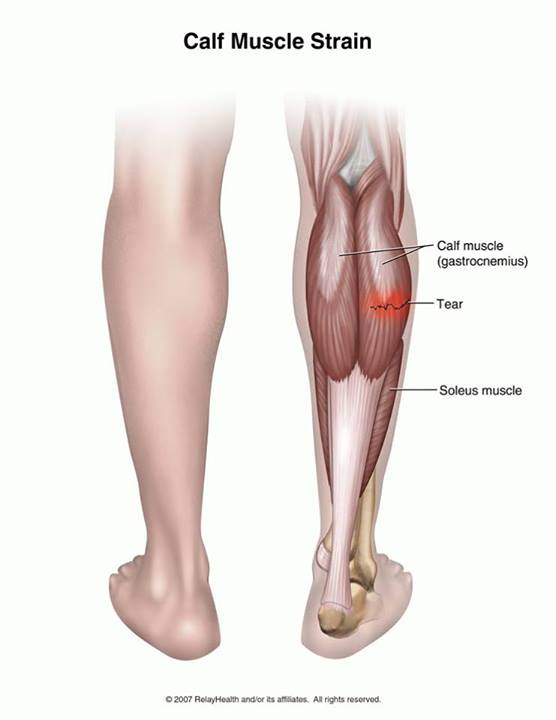Cardiorespiratory Fitness

Cardiorespiratory Fitness Reduces Cardiovascular Disease Mortality
Cardiorespiratory fitness (CRF) keeps cardiovascular diseases at bay. Not only does CRF improve the health of the individual, low levels of CRF are associated with a high risk of cardiovascular disease and mortality rates attributable to various cancers.
Robert Ross, professor at American Heart Association led by Queen’s University confirmed the need for cardiorespiratory fitness (CRF). To improve cardiovascular health, a throwback on the clinical practices should be measured for further patient management.
Decades of research have shown that CRF is a stronger predictor of mortality than established risk factors such as cigarette smoking, hypertension, high cholesterol, and type 2 diabetes.
In addition to improved cardiovascular outcomes, higher levels of CRF are associated with improved outcomes for certain forms of cancer, surgical risk, dementia, Alzheimer’s disease, depression and Type 2 diabetes.
“Routine estimation of CRF in clinical practice is no more difficult than measuring blood pressure,” says Dr. Ross (School of Kinesiology and Health Studies). “The addition of CRF for risk classification presents health professionals with unique opportunities to improve patient management and encourage lifestyle-based strategies designed to reduce cardiovascular risk.”
“The evidence reviewed by our writing group clearly demonstrates that more than half the reduction in cardiovascular disease mortality occurs in response to a very modest increase in CRF. This is good news as for many people, moderate levels of physical activity consistent with current recommendations may be all that is needed to derive a clinically significant benefit for habitually sedentary individuals.”
The research was published in Circulation.
Source: Eurekalert











